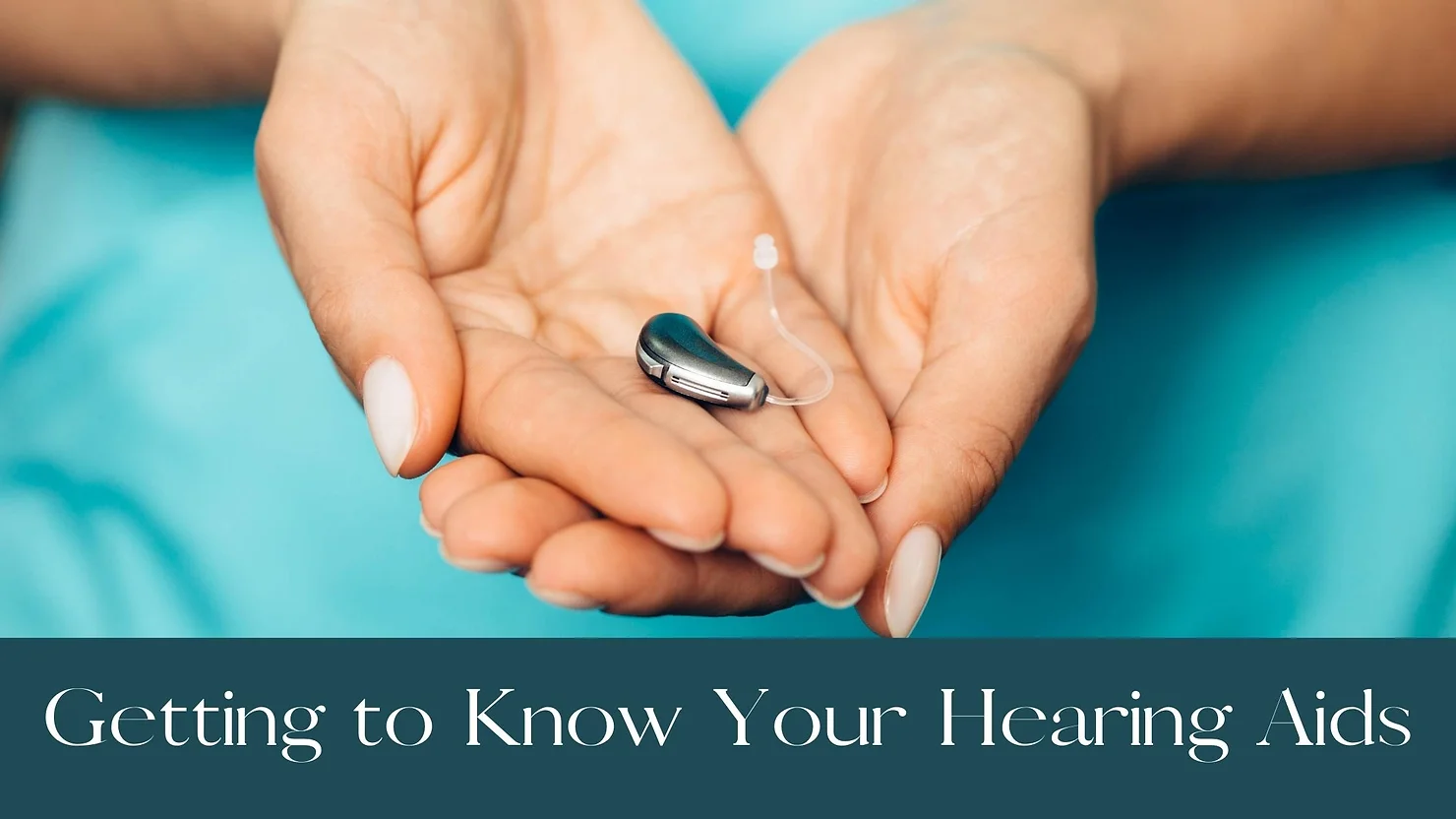
Today’s hearing aids are more advanced and capable than ever. Minicomputer systems, hearing aid devices are designed to detect and process sound. This provides ample support, allowing people to hear and communicate more effectively and with greater ease. With the wide range of technologies, styles, and features; it can be challenging to navigate your options. Learning about hearing aid basics can better help you discuss your options with your hearing healthcare provider so that you select the best device for you.
How Do Hearing Aids Work?
Hearing aids are medical devices that are designed to perceive, amplify, and process sound. These hearing instruments are made to support hearing across all environments. Though there are various types of hearing aids, they all have the same basic components. This includes the following:
-
Microphone: detects a sound from the environment and converse the soundwaves into electrical signals. These signals are processed and adjusted by a processing chip that changes sound to meet the specific needs of the wearer.
-
Amplifier: these signals are then intensified by the amplifier which increases the volume.
-
Speaker: the speaker receives the signals and converts them back into acoustic sounds that travel to the inner ear and are further processed by the brain.
The fourth component of all hearing aids is the power source. All hearing aids are powered by rechargeable or disposable batteries depending on the specific type of device.
Hearing Aid Types
Hearing aids are made in a range of styles that are worn differently. Understanding the differences between hearing aid types can be challenging because there are so many! But it is useful to know the most common hearing aids which can be divided into two main types:
1. Behind-the-Ear (BTE): these types of hearing aids are worn behind the ear. This involves most components being in a casing that sits behind, or on top of the ear. There is also a component that is worn in the ear canal. Both pieces are connected by a thin tube (or wire). There are different styles within BTE devices including:
-
Mini Behind the Ear (Mini BTE): a smaller type of BTE hearing aid, this type includes one piece worn behind the ear and an earbud that sits in the ear canal.
-
Receiver in the Ear Canal (RIC): a RIC hearing aid consists of the speaker (or receiver) being in the ear canal. The microphone and amplifier are in a compartment that is worn behind the ear.
2. In-the-Ear (ITE): ITE hearing aids are generally smaller hearing aid devices that are designed to fit in the ear. They are customized by taking a mold of an individual’s ear and creating the device to fit perfectly in the ear.
-
In the ear canal (ITC): ITC hearing aids are worn in the lower part of the outer ear. Hearing aid components are in a compartment or casing that sits in the bowl of the ear.
-
Invisible in the canal (IIC) & Completely in the canal (CIC) – these types of hearing aids are the smallest styles. They consist of earpieces, custom-made, that are worn in the ear canal.
With all of these styles to choose from, you may be wondering how you identify which type of hearing aid is best for you.
How Do I Choose the Best Hearing Aid?
The hearing aid that is best suited for you depends on a few factors. This includes the specific type of hearing loss you have, the degree of impairment, as well as your lifestyle. Your hearing healthcare provider will assess your hearing capacity in both ears as well as discuss lifestyle factors that also help identify the hearing aid that will be most effective. Lifestyle factors can include the types of environments you regularly navigate, the activities you participate in, your work environment, social life, etc.
Specific types of hearing aids are intended for different levels of hearing loss as well as overall activity daily. Additionally, your interest in newer technologies will also influence the type of hearing aid that will meet your preferences and needs. This includes Bluetooth technology which increases wireless connectivity, voice recognition capabilities, background noise reduction features, etc. Contact us to learn more about your options!
